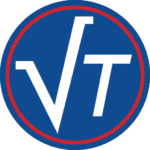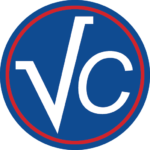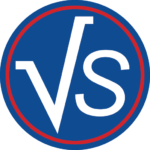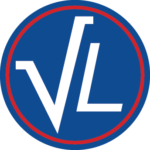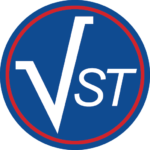The supplements for DO-178C were created as a way to embrace new technologies and new methods of certification that go beyond the guidance of DO-178C.
Much of this previous guidance for DO-178B was encapsulated in FAA Order 8110.49, Chg 1. For example, object oriented technology was not addressed directly in DO-178B, but after it was published a number of notices were published regarding usage of object oriented technology in software. Now, this information has been revised and published as RTCA/DO-332. The complete list of DO-33x supplements is given below:
- DO-330/ED-215, Software Tool Qualification Considerations Supplement
- DO-331/ED-216, Model-Based Development and Verification Supplement
- DO-332/ED-217, Object-Oriented Technology and Related Techniques Supplement
- DO-333/ED-218, Formal Methods Supplement

